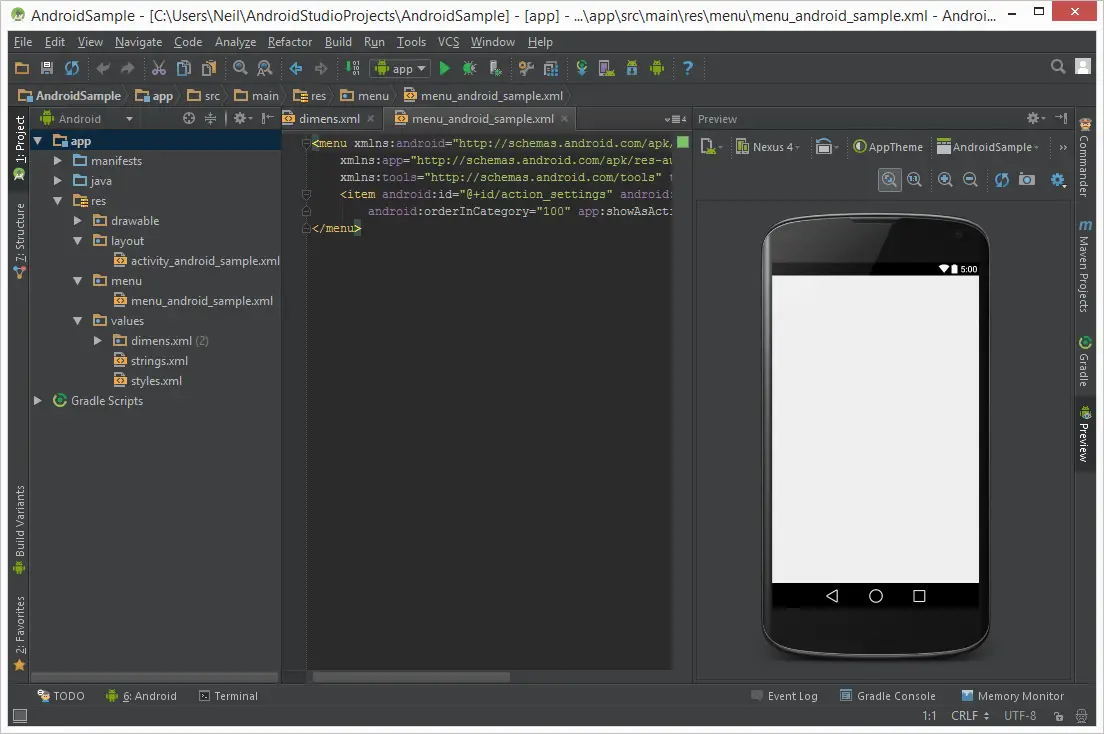

- #How to change the theme android studio with material ui how to#
- #How to change the theme android studio with material ui for android#
- #How to change the theme android studio with material ui code#
It is merely an observation of how design decisions always have benefits and costs. Please note that this is not meant as a criticism of the platform developers/engineers. Personal preference aside, there is a more technical reason why XML resources are not always ideal. In fact, there are very few things I would prefer to do in XML over a modern, idiomatic, and elegant language such as Kotlin or Swift.
#How to change the theme android studio with material ui code#
While I would never want to manage the boilerplate code necessary for localized string resources myself, that does not mean I enjoy writing XML. This saves us having to write that boilerplate code ourselves. The resource system gives us a place where app developers can provide localized resources which the platform can select for at compile time. Those are just two common examples – there are plenty more.

But like every design decision, a feature in one situation becomes a flaw in another situation. The Android app resources system is something which the Android team deserves a high five for, at least in my opinion. In case you do not care, feel free to skip to the next section where we get into the practical stuff. How We Used to Style Android Apps Using XML ResourcesĪs usual, I like to share with you the motivations behind, and a bit of history on, these topics. I will not be stopping to explain that concept here, as I already have in this article.
#How to change the theme android studio with material ui how to#

While still in beta release as of writing this article, I do not expect this particular part of the library to change drastically for the stable release.
#How to change the theme android studio with material ui for android#
In this article, we will learn how to style and theme an application in Jetpack Compose.Ĭompose is a new UI framework for Android (though Desktop and Web support is being developed), which replaces the old XML-based View system.


 0 kommentar(er)
0 kommentar(er)
